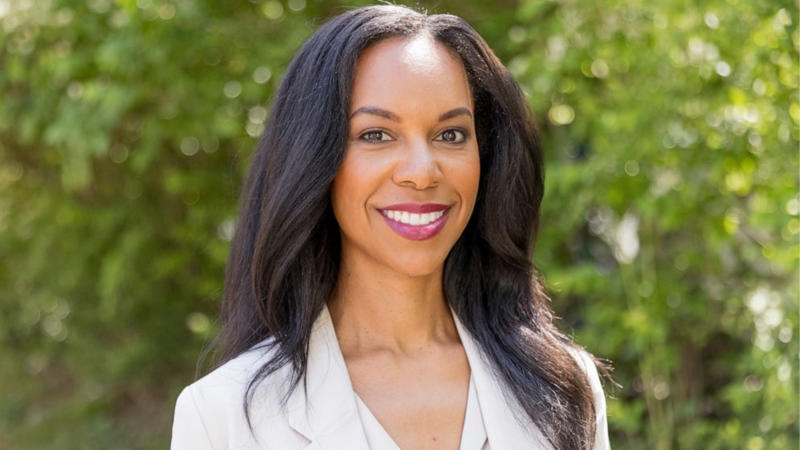Showing 3 results for:
minorities
Popular topics
All results

Retirement isn’t normally a high priority on young workers’ lists. But this 41-year-old single mother not only secured her bag but did so in the biggest way possible. CNBC has the story of Lakisha Simmons, who retired with almost $1 million in her retirement fund ($850,000 to be exact), having worked since she was 14-years-old. Although she comes from a working-class family, Simmons worked as an associate professor at Belmont University in Nashville, TN. Between her full-time job and her side hustles, Simmons was able to bring in $150,000 in 2020. But Simmons had set a goal for herself: retire by the time she was 45-years-old. So, she deployed what’s known as the FIRE Method — “financial independence, retire early” — which is also popularly known as an extreme saving method. Simmons sold her home (to get rid of her mortgage of $2,400/month), cut down on all her expenses (switched to a prepaid cell phone plan, made meals at home), and saved $100,000 in the first year. “Simmons keeps...

Pursuing higher education comes at a cost, but scholarships can be the breakthrough in advancing students to the finish line, and Jasmine Chigbu knows this as she’s experienced it firsthand. As a first-generation Nigerian American growing up in a middle-class upbringing, Chigbu admits finances may not have been flowing but their overall financial health was in good standing. When she attended Duke University for her undergraduate degree in 2015, her family was able to cover half of the cost of attendance. The remaining funds were covered by scholarships, which Chigbu found through research. Although Jasmine Chigbu pursued a bachelor’s of international comparative studies, her overarching goal was to become a doctor and first apply to medical school. After her gap year following the completion of her undergraduate degree, she applied to 25 medical schools. Chigbu became stricken after realizing she had been denied from every school. Chigbu then adopted a new strategy to attend...

From entrepreneurs and small minority-owned businesses to Black and brown communities, low-income and financially-excluded individuals in America deal with many social and economic disadvantages that make it difficult to seek out loans. According to Forbes , minority-owned firms are much less likely to be approved for small business loans than white-owned firms, which speaks volumes considering minority-owned establishments lead a significant portion of the nation’s businesses. A 2017 report from the FDIC stated that 6.5 percent of U.S. households were unbanked and 18.7 percent were underbanked. Of those unbanked households, more than half cited not having enough money to keep in an account. In an effort to solve these issues, Kiva and SoLo Funds have partnered together to offer these populations of people affordable loan products for personal and business lending. Both companies have supported thousands of Americans through their communities of lenders, according to Kiva’s blog ,...